This is the transcript for Book Two, episode 5 of The Lion and the Sun podcast: Triumvirate (1). This story is about the rise and fall of Teymourtash and Firouz Nosrat-ed-Dowleh. Two key allies of Reza Shah who helped shape modern Iran before being imprisoned and erased by the very regime they built.
Listen to this episode on Apple Podcasts, Spotify or all other podcast platforms.
Teymourtash could barely open his eyes.
His face was swollen, his bones shattered, his clothes soaked in blood.
He had lost track of time. Days, weeks, maybe even months had passed—he couldn’t tell.
The room had no windows, only a dim flicker of light barely cutting through the darkness.
But he knew this place.
It was Qasr Prison, the notorious dungeon where men were sent to die.
Qasr Prison: Reza Shah’s Fortress
With the rise of Reza Shah the old prisons of Tehran had become inadequate. Too many prisoners, too many enemies of the state. The government needed a larger space—somewhere built to contain and break those who defied the monarchy.
The chosen site was Ghasr-e Qajar, an abandoned palace from the previous dynasty.
[Qasr Qajar image]
Originally built in 1789, it sat atop a hill, its high walls and four watchtowers gave it the look of a fortress rather than a royal residence. Unlike most palaces, it had no external windows—sealing its residents inside … unseen and forgotten.
Teymourtash remembered the day it opened.
He had been there, standing beside the Shah as they toured the grounds.
Back then, he was Minister of Court, the second most powerful man in the country. He had watched as Reza Shah inspected the cells, nodding in approval. He never imagined that, just a few years later, he would be one of its prisoners.
Teymourtash’s Fall: From Minister of Court to Prisoner
Memories rushed into his mind, one after another, too fast to process. Maybe it was the drug the doctor had injected into his veins earlier. Perhaps to soothe his pain.
The thought made Teymourtash chuckle.
That doctor wasn’t there to heal him. He was known as the Shah’s executioner for a reason.
Teymourtash still couldn’t believe his fate.
He couldn’t even understand how he had ended up there.
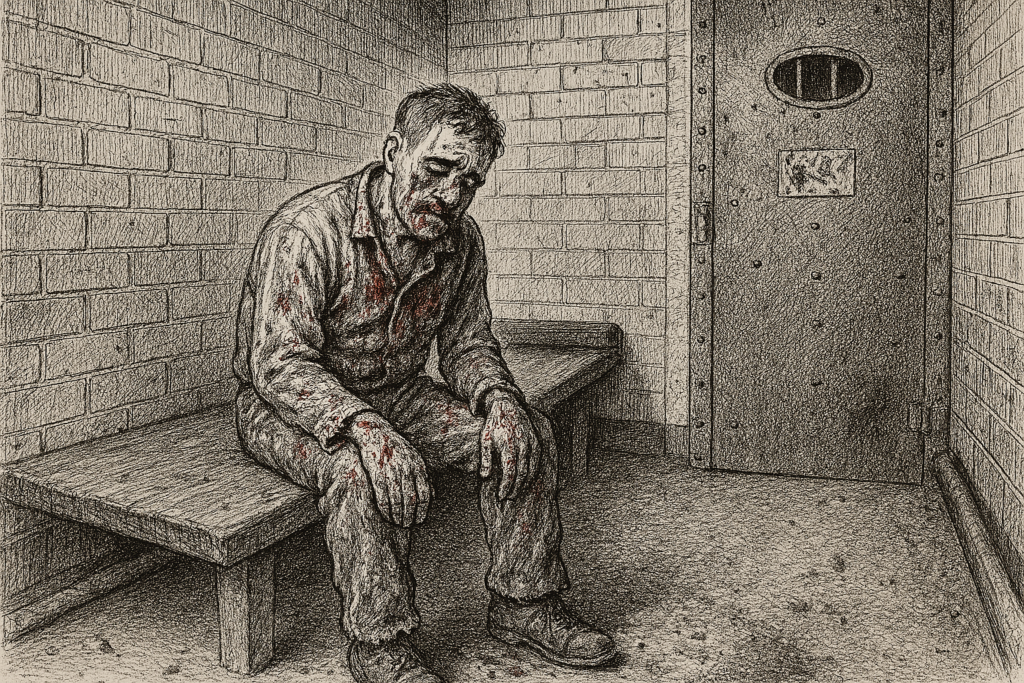
He had been nothing but loyal to the king—doing his bidding, removing his enemies, building his vision, fixing his country. And how did the Shah repay him? By sending him somewhere to die.
Out of sight. Weakened. Forgotten.
Teymourtash rested his head on the pillow beneath him. There was nothing left to do.
Death was only a few steps away, standing just outside the room.
Firouz Nosrat-ed-Dowleh: A Qajar Prince in Reza Shah’s Court
When Moddaress recommended Firuz Nosrat al-Dowleh as Minister of Justice for Reza Khan’s cabinet, the soon-to-be king and many of his allies had their reservations.

Firuz came from Qajar lineage. He was a descendant of Mozaffar al-Din Shah and Amir Kabir, the reformist grand vizier of the Qajar dynasty. Hi father, Abdol Hossein Mirza Farmanfarma was a Qajar prince and an influential political figure during the late Qajar. He was one of the key Qajar nobles who supported the constitutional revolution and helped with the establishment of the Parliament. His son, Firuz, was sharp, politically savvy, and an astute strategist—but unlike his father, his career had been marked by both brilliance and misfortune.
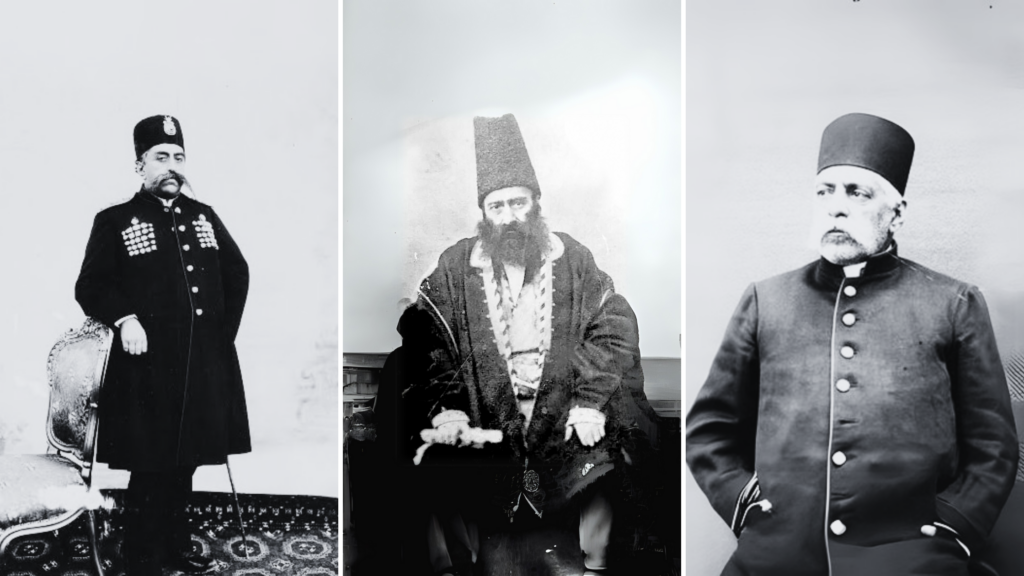
Educated in Beirut and Paris, Firuz became deeply influenced by constitutionalism and reformist ideals. After the Constitutional Revolution, he fully embraced these principles, entering politics as a deputy in the Third Majlis. There, as a reformist, he built close alliances with both Moddaress and Teymourtash, forming a powerful political circle.
By 1916, he was appointed Minister of Justice in Vossough al-Dowleh’s cabinet. He held the position again during Vossough’s second term in 1918, but it was his later appointment as Minister of Foreign Affairs that would define—and ultimately tarnish—his legacy.
Firouz and the 1919 Agreement
In this role and in 1919, he became one of the three key signatories of the Anglo-Persian Agreement.

You might remember the Anglo-Persian Agreement from the previous season. The agreement was a treaty that effectively placed Iran under British control. It promised military and economic aid in exchange for British oversight of Iran’s financial and administrative affairs, a move that was widely seen as an attempt to make Iran a protectorate of Britain.
The agreement was so despised across Iran that the government had no choice but to annul it shortly after its introduction. Vossough al-Dowleh was forced into exile, and the reputations of all those involved were permanently tarnished.
Firuz wasn’t able to escape the fallout either.
For his role in securing the deal, he reportedly received £40,000 from the British government and an additional £60,000 from revenues generated by the Anglo-Persian Oil Company. These revelations enraged Iranian nationalists, who saw him as a traitor to Iranian sovereignty.
His political future seemed all but finished—until an old friend stepped in.
Moddaress Rescues Firouz: A Lifeline After Political Scandal
During the Fourth National Assembly, fierce debates erupted over impeaching Firuz, with many representatives demanding he’d be permanently barred from public office. But Hassan Moddaress, the highly respected religious leader and politician, worked behind the scenes to save him. He persuaded lawmakers that Nosrat al-Dowleh had regretted his actions and changed his ways, convincing them to grant him another chance.
Despite the lifeline, Firuz had lost his appetite for politics. Disillusioned, he left Iran and traveled to Europe, putting distance between himself and the political chaos that had nearly ruined him.
While abroad, he learned of a planned coup in Tehran, backed by the British.
This was an opportunity he could not afford to miss.
Firouz and the Missed Coup: A Qajar Prince Left Behind

Believing that his close connections with the British would secure him a leadership position in the new order, he hurriedly set out for Iran. However, the journey was long and complicated. Instead of taking a direct route, he chose to avoid Russian-controlled territories, traveling through Basra and Baghdad, which significantly delayed his arrival. By the time he reached Tehran, it was too late.
As he neared Tehran, the reality of the situation became clearer. In his absence, Sayyed Zia’eddin Taba-taba-ee, a journalist and political operator, had already seized control with British support.
Nosrat al-Dowleh had assumed that his friendship with the British would give him an advantage, but he underestimated the speed at which events were unfolding. By the time he realized what was happening, the British embassy in Tehran had already thrown its support behind Seyyed Zia. The Cossack Brigade was firmly in the hands of the coup plotters, with Reza Khan leading the soon-to-be unified military.
The coup that he had hoped to lead had gone ahead without him, leaving him powerless.
Reza Khan Rises: Firouz Joins the Future Shah’s Cabinet
Seyyed Zia, the main coup leader, didn’t last long either. He was soon removed from the prime minister position and exiled from the country, but Reza Khan – the military mastermind of the coup- kept his position as minister of war and soon became the next prime minister.
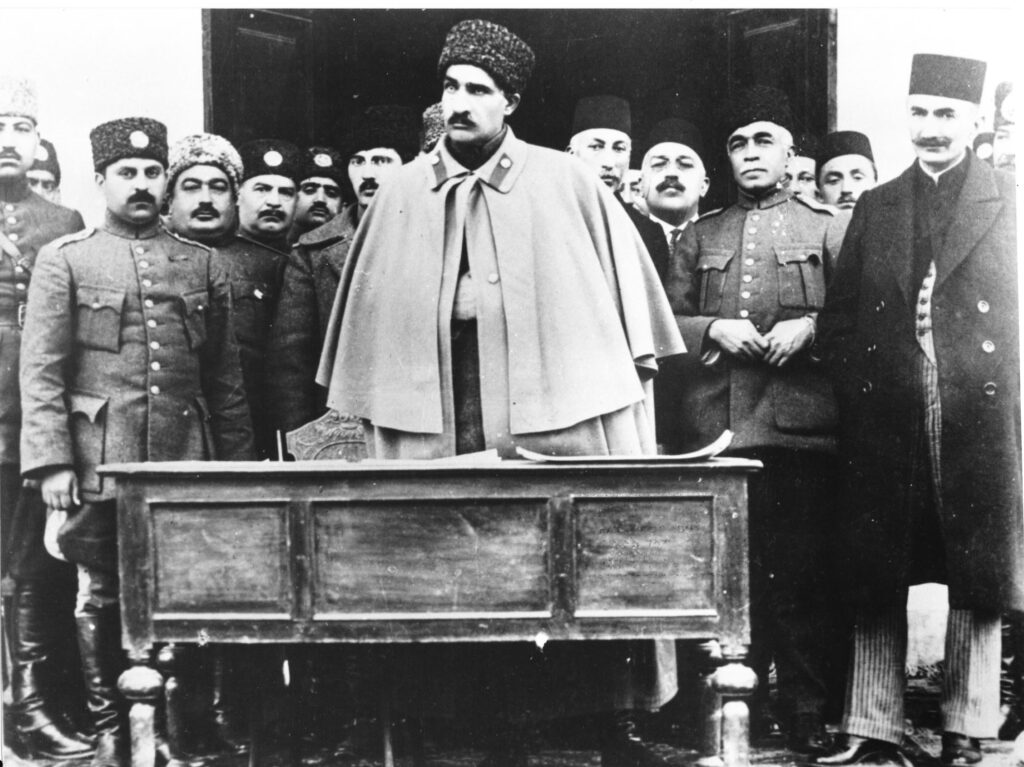
When Moddaress recommended Firuz as a potential minister of Justice, Reza Khan had his reservations.
Firouz’s history with the 1919 agreement and his Qajar blood unsettled the prime minister. But he owed Moddaress a favour, and thus he brought firouz into his cabinet in September 1925.
Reza Shah’s Allies: The Rise of the Revival Party
While Reza Khan initially doubted Firouz, he soon proved himself a critical asset.
In the early 1920s, a newly founded political party was gaining momentum, expanding its influence in the Fifth Parliament. Known as the Revival Party (Hezb e Tajadod), it was a spin-off of the Reformers Party (Eslah Talaban), formed by a generation of Western-educated elites who had grown disillusioned with Iran’s slow progress.
The Revival Party was a secular, progressive movement with strong liberal and nationalist tendencies.
Its platform was centred on separating religion from politics, building a strong army, reforming the administrative system, industrializing Iran, prioritizing domestic investment over foreign capital in agriculture, expanding the income tax system, and making education accessible to all, including women. They also championed the promotion of Persian as the national language, replacing local dialects to unify the country.
The party’s founders—Ali Akbar Davar, Mohammad Tadayon, Abdolhossein Teymourtash, and Firouz Nosrat-ed-Dowleh—were ambitious, modern-minded politicians. They had witnessed the Constitutional Revolution, the civil war that followed, and the devastation of World War I.

Now, in positions of power, they wanted to use their experience to reshape the nation.
Teymourtash, Firouz, Davar: The Power Behind Reza Shah’s Throne
Unlike the Socialist Party, which aimed for grassroots change by mobilizing the lower classes, the Revival Party took the opposite approach. They sought to work with the existing power structures, forming alliances with the elite to drive reform from the top down.
And in Reza Khan, they found their changemaker.
They watched as this colonel rose through the ranks, becoming Minister of War and then Prime Minister. They saw in him a leader with the ruthlessness and determination to implement the changes they envisioned—someone who wouldn’t stop until he got what he wanted.
So naturally, they threw their full support behind him.
They used their influence in parliament to elevate him to king, shaping his reign and helping him craft a national agenda.
Firouz in Power: Financing Reza Shah’s Modern Iran
In 1926, Firouz was once again elected to parliament from Kermanshah but left his seat shortly after to take up the role of Minister of Finance.
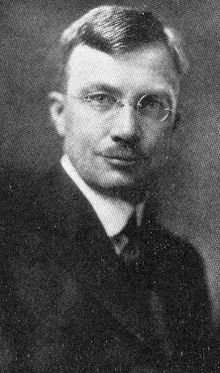
For nearly two years, he served in this position under different cabinets, managing the country’s financial affairs at a time when Iran was undergoing major transformations.
When Reza Shah was having problems with Arthur Millspaugh, he didn’t hesitate to push the American advisor out of the scene and fire him from the country.
When Reza Shah was desperate to turn the Trans-Iranian railway project into a reality, he was responsible for securing the necessary funds for these large-scale initiatives.
One of his most controversial actions was the establishment of the Opium Monopoly Institute, which placed the domestic and international trade of opium under government control.
Firouz had deep close ties with Teymourtash and while the latter became the face of Pahlavi policies, the former became the mastermind that controlled the funds and injected resources for the grand ambitions of the Shah.
Together, they became pillars of the Pahlavi administration, enjoying significant influence over state affairs. They were rebuilding Iran brick by brick, and nothing was going to stop them.
Teymourtash Poisoned: Assasination Inside Qasr Prison
Teymourtash snapped out of it. His body was shaking.
He was still conscious, but he could feel the poison eating away at his insides, burning its way through his veins. His limbs were heavy, his vision blurred, his heartbeat erratic.
From the corridor outside, whispers crept through the silence.
He recognized the doctor’s voice.
“Why is he not dead yet?”
“The poison hasn’t worked … We’re running out of time. You better take care of it.”
Teymourtash wanted to move, to resist—but he was too weak to make a sound.
Not that it mattered. No one was there to hear him.
Footsteps echoed in the hallway. Slow. Steady. Growing closer.
Teymourtash took a deep breath, ready to face his fate.
Firouz Nosrat-ed-Dowleh’s Arrest: Reza Shah Turns on His Ally
On June 8, 1929, the day of Ashura, a religious gathering was being held at the government’s building. Reza Shah himself was present. Nosrat al-Dowleh stood beside him.
The court had recently delivered a set of freshly printed photographs documenting the progress of the Trans-Iranian Railway—Reza Shah’s personal project, the crown jewel of his modernization efforts.
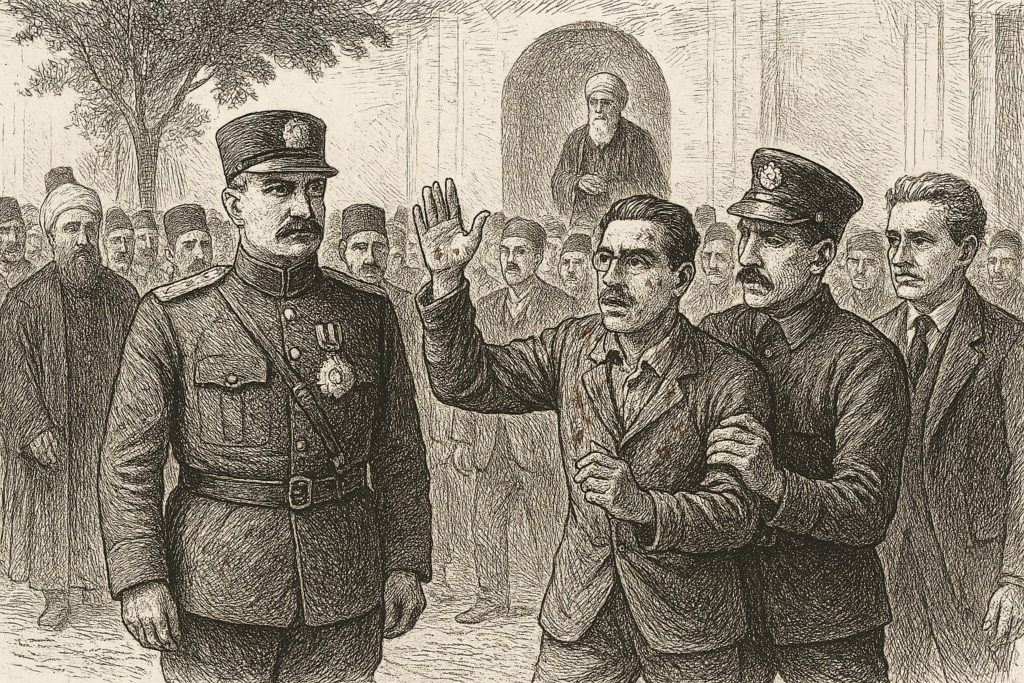
Shah looked at Firouz, handed him the batch, and began enthusiastically explaining the details, describing every image. Firouz listened intently, nodding along, sharing in the excitement. He even exchanged a few laughs with the king.
Everything seemed normal.
As the gathering ended, Firouz stepped away from the Shah, making his way toward the exit. But just as he was about to leave the premises, an officer from the police force approached, stopped him, and took him into custody.
There was no doubt—the order had come directly from Reza Shah.
Teymourtash, standing nearby, was frozen in shock. He had no idea what was happening. He couldn’t process it.
Why would the king suddenly arrest one of his most competent ministers and closest advisors?
Those who witnessed it later, remarked that Reza Shah’s smile that day was much like a lion baring its teeth before striking its prey.
The Fall of Firouz: Corruption Charges or Political Elimination?
The exact reason for Firouz’s sudden arrest remained unclear.
The official charge against him was corruption. He was accused of accepting a bribe of 16,000 tomans to help lift the government’s seizure of the properties of a wealthy merchant.
After intense lobbying by his father and intervention from political allies, he was temporarily released but was soon put on trial at the Supreme Court. In May 1930, the court found him guilty of bribery, sentencing him to four months in prison, revoking his civil rights, and imposing a fine of 58,000 rials.
During his trial, he fiercely defended himself. He argued that, given his wealth and status, he had no need to accept petty bribes.
But the damage was done.
Firouz was exiled to Semnan, where he was placed under strict isolation.
Was Firouz Behind Anti-Shah Propaganda Abroad?
The exact reason for Firouz Nosrat al-Dowleh’s arrest remained a subject of speculation.
As you may recall from the last episode, foreign publications had begun circulating articles portraying Reza Shah as a sham dictator, a puppet controlled by the elite ministers around him. Some of these articles were published in France, and it just so happened that Firouz had close ties to high-ranking officials at the French embassy.
That was enough for Reza Shah.
He suspected Nosrat al-Dowleh of being behind these stories—of criticizing him to foreign governments, undermining his rule from within.
And that was something he could not tolerate.
Even before the ordeal with the French, Reza Shah already had his reservations about Firuz.
His Qajar blood, his closeness to the British, and his unmistakable thirst for power had all convinced the Shah that Firuz was not a reliable pawn. On multiple occasions, he had asked his advisors about removing Firuz from office, but each time, he held back—because the government and the crown’s finances were still too dependent on him.
But now, with the railway project fully funded and Millspaugh out of the picture, the French incident gave him the perfect excuse.
And when Reza Shah lost faith in someone, there was no turning back.
Teymourtash pleaded with the Shah, urging him to forgive Firouz and bring him back into the fold. But what he didn’t realize was that Reza Shah’s shadow of doubt was beginning to stretch toward him as well.
Teymourtash Under Pressure: Cracks in Reza Shah’s Inner Circle
After Teymourtash’s failure to secure a new oil agreement with the British—and as critical articles about the Shah continued to appear in foreign newspapers—Reza Shah began to suspect that, just like Firouz, Teymourtash did not have the kingdom’s best interests at heart.
Teymourtash was a gambler and womanizer. He had a lavish lifestyle that involved lots of alcohol and lots of smoking.
Paired with the stress of oil negotiations and an angry king, it took its toll on his health.
His blood pressure soared, and after returning from yet another fruitless round of talks in Europe, he suffered a heart attack.
Doctors advised him to rest, to spend time in the north, where the cool air and calm surroundings might help him recover.
For two weeks, he stayed away.

For a brief time, he was able to disconnect—from the hazards of power, from the chaos of Iranian politics, from the deadlocked oil negotiations … And most importantly, from the Shah.
He spent those days with his family, far from Tehran. Far from the court.
Reza Shah Turns Cold: Teymourtash Forced Out of Power
When he finally returned to the capital and went to visit Reza Shah, he was met with a different man— cold, indifferent, and hostile.
The man who once took no action without consulting Teymourtash now barely acknowledged him.
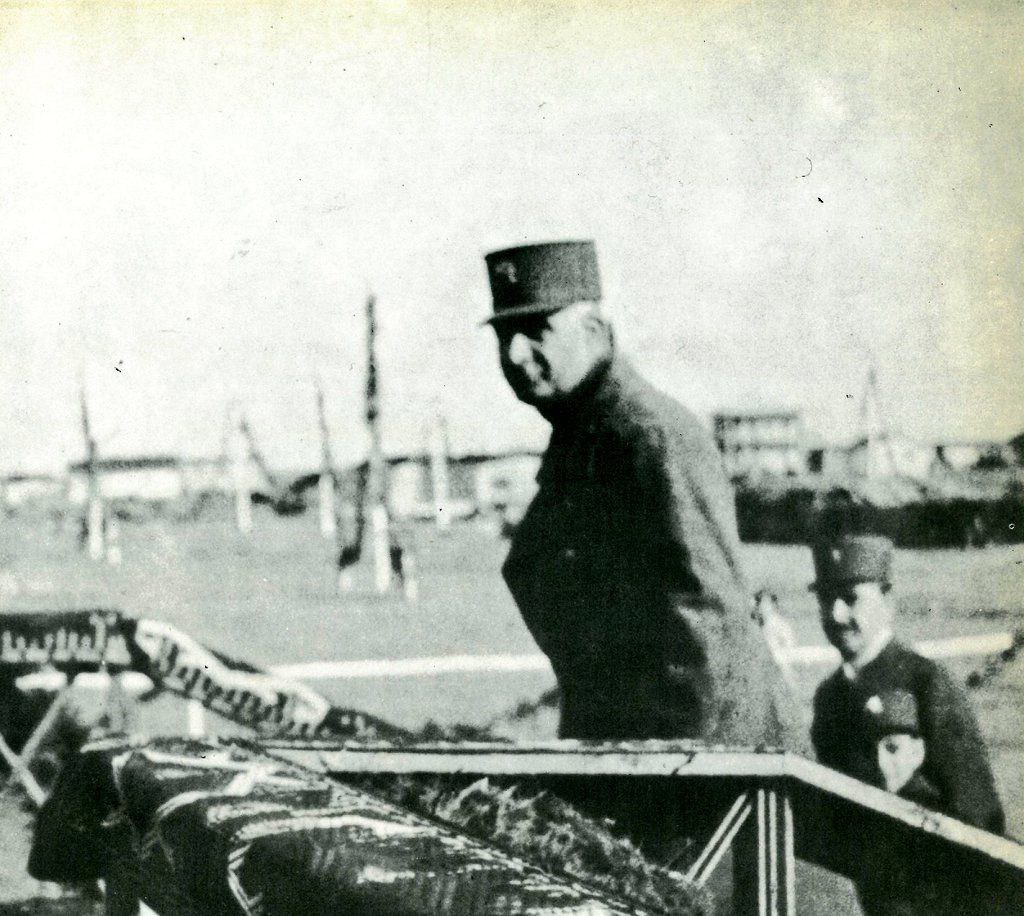
Shortly after their meeting, Teymourtash was dismissed as Minister of Court.
“Teymourtash relieved of his duties…“ the newspapers reported on Dec 24 1932.
But the truth behind the headline was far more brutal.
As far the public knew, Teymourtash had given up his post and had retired. At first, he was placed under house arrest, much like his old friend Firuz. But after two staged trials, he was found guilty of bribery and embezzlement. His assets were confiscated, and his name was erased from Reza Shah’s government. As if he was never even part of it.
Teymourtash was sentenced to five years in Qasr Prison—the very place he had once helped open as Minister of Court. Shortly after his conviction, his family was expelled from their home and banished from Tehran. They were forced into isolation in Kashan, where they remained until the end of Reza Shah’s reign.
But banishment, confiscation and even prison weren’t enough for the vengeful king.
Teymourtash’s Final Moments: Death in the Prison He Built
The doctor opened the door to Teymourtash’s cell. In his hand, another syringe.
More poison for the man who remained defiant, even in the face of death.
He stepped closer.
Teymourtash, his face drained with sweat, summoned every last ounce of strength and struck back. His body was weak, but his will was as fierce as ever.
He lashed out, fighting as if his life depended on it—because it did.
The doctor stumbled, trying to push him down, but he was no match for the former Minister of Court. Panicked, he called for the guards. Two men rushed in.
They grabbed Teymourtash’s arms, trying to hold him still.
But he wouldn’t stop fighting.
He had lived an extraordinary life. Teymourtash had been in parliament when Iran was just learning the meaning of democracy. He had been there when a new dynasty was forged. He had helped push the country into the modern age.
Many had despised him. The religious conservatives who disapproved of his lifestyle. The political rivals who had fought him at every turn. The men he had outmaneuvered, crushed, or betrayed to get what he wanted.
But love him or hate him, one thing was certain: Iran would not be where it was without him.
The guards struggled to force the syringe into his skin, but Teymourtash refused to go down quietly.\
So they gave up on the poison.
Instead, one of them grabbed the pillow from beneath him and shoved it down over his face.
His body thrashed. His screams muffed.
As he fought for his final breath, his mind raced.
Was this really what death felt like?
Where were his allies?
What would the Shah do without his help?
What would happen to Iran?
And then—
Silence.

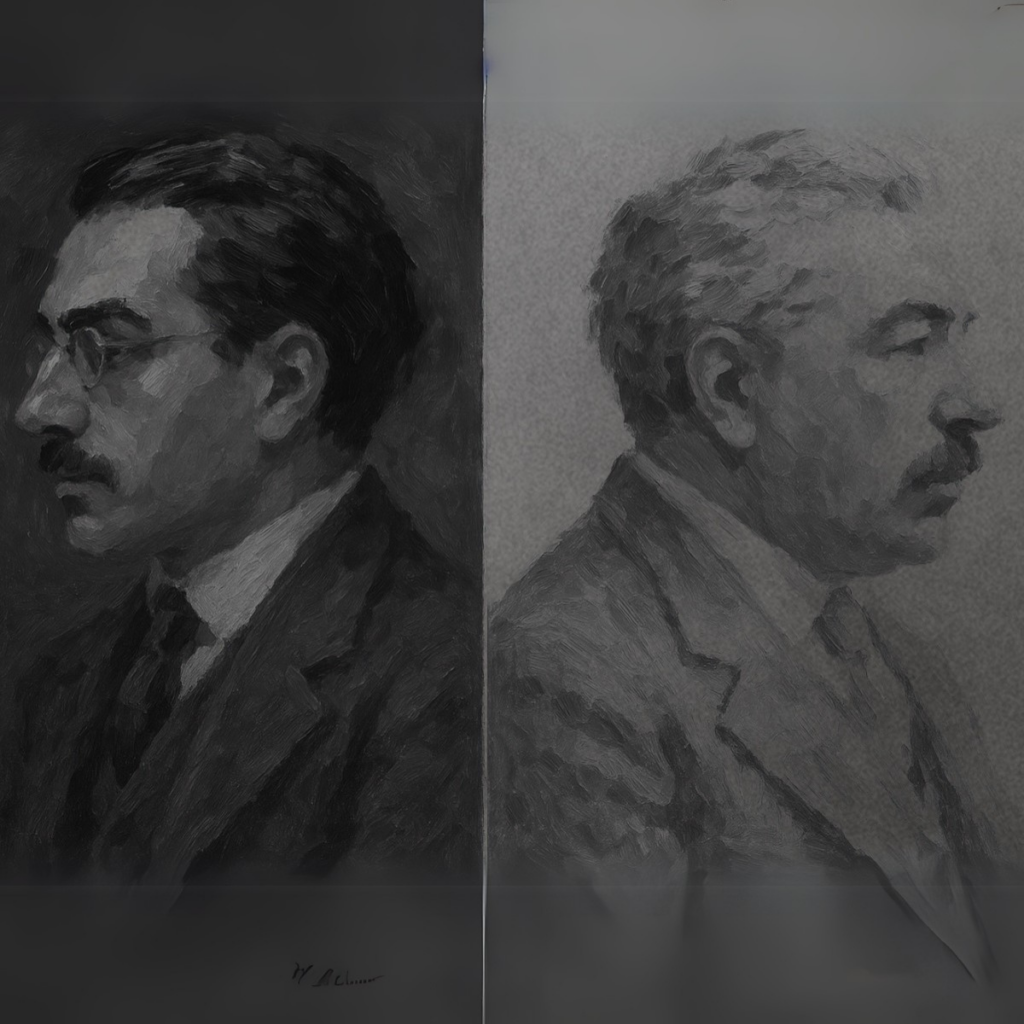
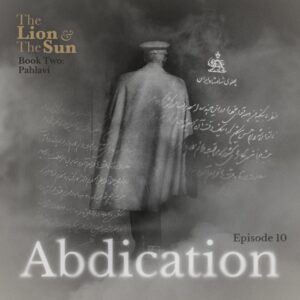


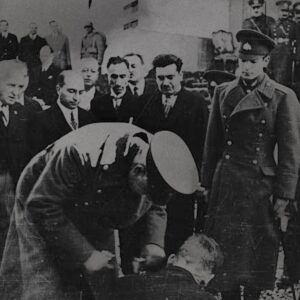
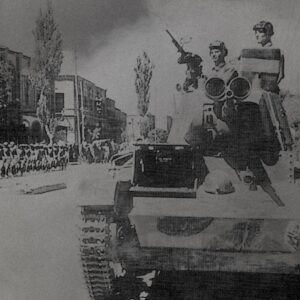
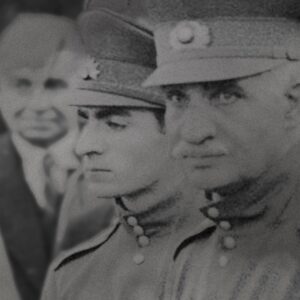
2 Responses